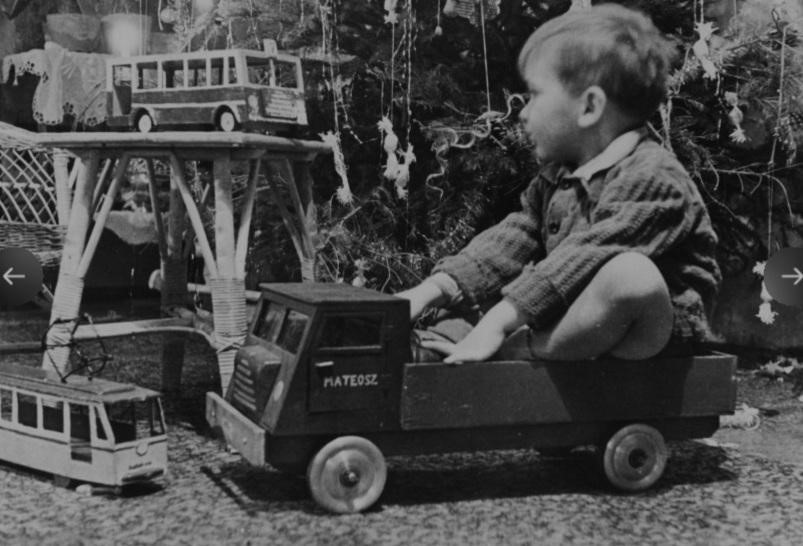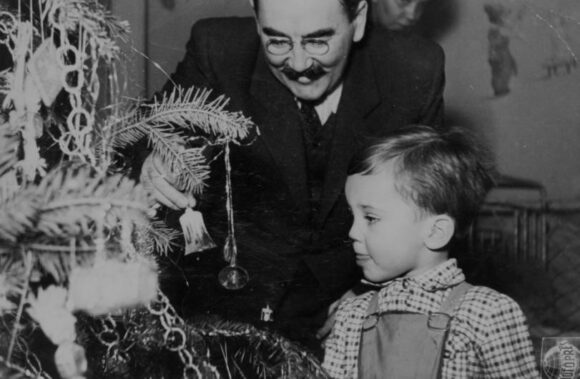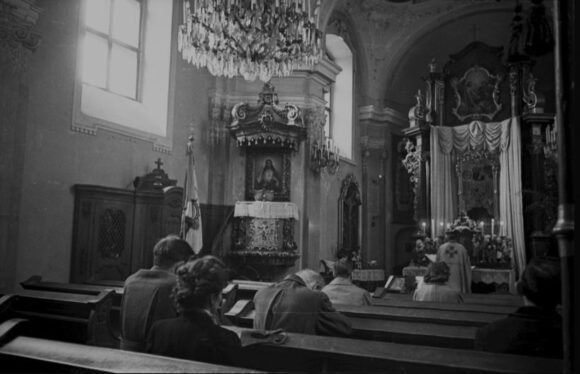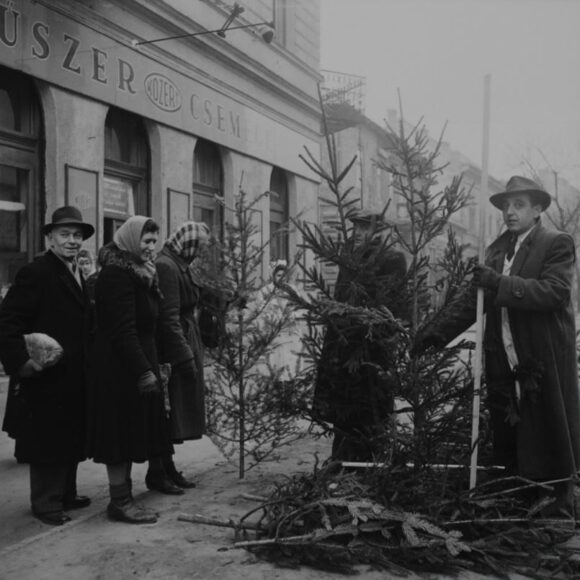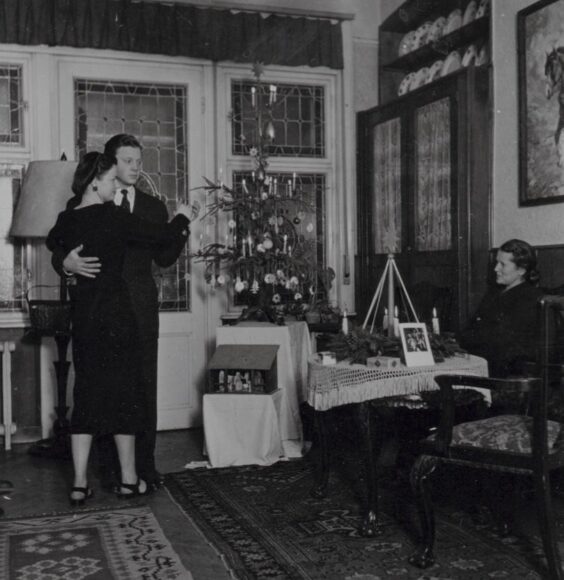As Christmas quickly draws near, we celebrate and rejoice while occasionally stopping to reflect on the meaning of this special holiday. For most of us, it is a season of joy and thanksgiving spent among family when we can finally be carefree and untroubled. For believers, Christmas also means the celebration of the birth of Christ, while others are most excited about the scrumptious Christmas feast. However, what we often take for granted today was not always the norm back in the day. Have you ever wondered what the festive season looked like back in ‘50s Hungary? We will invite you for a little nostalgia trip by sharing some interesting history tidbits and a roundup of archival Christmas photographs.
Socialist Christmas
When the Socialist-backed Communist Party came to power in 1949, they made it one of their main goals to eradicate Christmas, or at least turn the celebration to their own advantage. Christmas traditions were far older than the regime and thus tied Hungarians to their past. For instance, St. Stephen, the first Hungarian king was crowned on Christmas Day, in 1,000 AD. The religious aspect of the holiday season was considered a direct threat to the regime’s militant atheism. Finally, shopping and exchanging gifts was also frowned upon by the Communists who were against all forms of commercialized Capitalism. First and foremost, party leaders wanted to strip off all religious meanings associated with Christmas. In December 1949, the party held a week-long Stalin celebration while afterward, Christmas was simply referred to as a Pine festival.
Imre Nagy, late Hungarian PM with his grandson, 1951
Source: Fortepan 74912 (Katalin Jánosi)
Forbidden church service
Religious activities, such as Holy Masses and Bible studies, were suppressed in Hungary during the time of the totalitarian regime. The Communist Party followed a strictly anti-religious policy in the ‘50s, therefore, attending church services was a dangerous dare. Those who still attempted to visit the Christmas Mass were reported and faced serious consequences. It was not uncommon to spot a Communist activist in disguise sitting on the church pew, secretly observing and later reporting not only on the attendees of the Mass but even on the priest and the sermon.
A secretly held Holy Mass in 1954
Source: Fortepan 108444 (Gyula Hámori)
The festive decoration and menu
Following WWII, the country faced severe shortages of all sorts of items. It was a real challenge to find a proper Christmas tree, or any at all. People would queue in line for hours and police were often called to the scene when fistfights broke out for the last trees. To save the hassle, many families instead placed some pine tree branches in a vase and used them as decoration. As for the Christmas dinner, the menu was rather humble. As part of the political propaganda praising the good deeds of the party, the Communist leaders made a faux ‘gesture’ to the people by abolishing the food ticket system for the duration of the holiday season. It meant that, in theory, customers were finally able to freely purchase necessary staples such as bread, sugar, milk, butter, washing detergent or shaving cream. The only hitch in the plan was that the country struggled with severe shortages and empty shelves nationwide.
Christmas tree market in Krisztina Boulevard, Budapest in 1953
Source: Fortepan 21883 (Antal Kotnyek)
Christmas gifts
The kinds of gifts children in ‘50s Hungary received ranged widely depending on their parents’ loyalty and dedication toward the Communist Party, and therefore, their financial status. The kids of the wealthy elite found beautiful, shiny boxes under the tree which revealed colorful books, tiny rocking horses or pretty dolls. However, in many families, Christmas did not bring joy but only sadness. Thousands of Hungarians struggled to make ends meet in the post-war era, so children were happy if they found food on the table, let alone gifts under the tree. Many people would wrap a chunk of dry bread in a piece of old newspaper and gift that to each other or hang it on the tree instead of szaloncukor (the popular Hungarian Christmas candy).
Family Christmas celebration in 1959
Source: Fortepan 210832 (Tamás Kieselbach)
– Eleonora Jobst –
Main picture:
Happy child enjoying his Christmas gifts in 1952
Source: Fortepan 76408 (Pál Vojnich)









